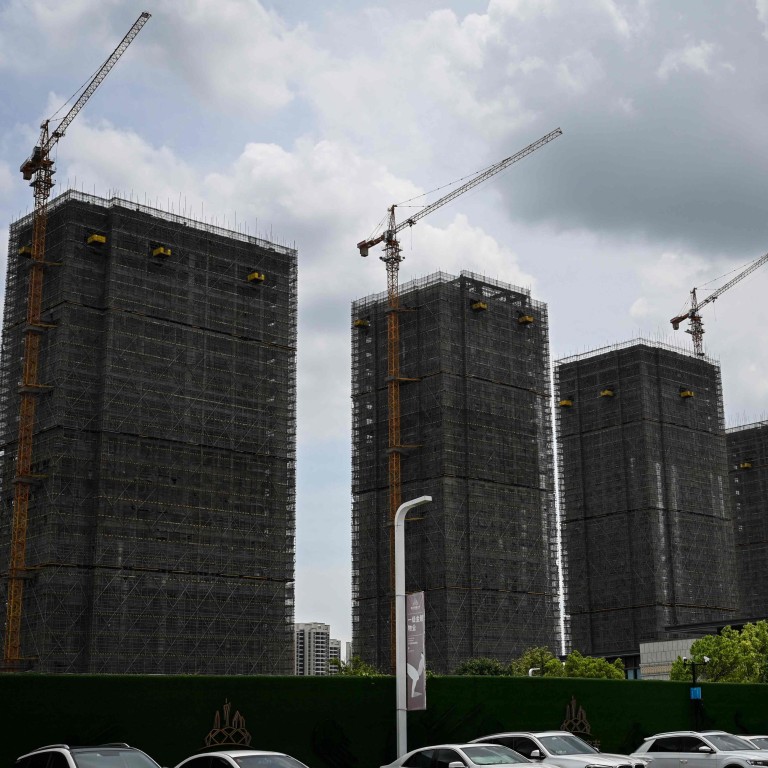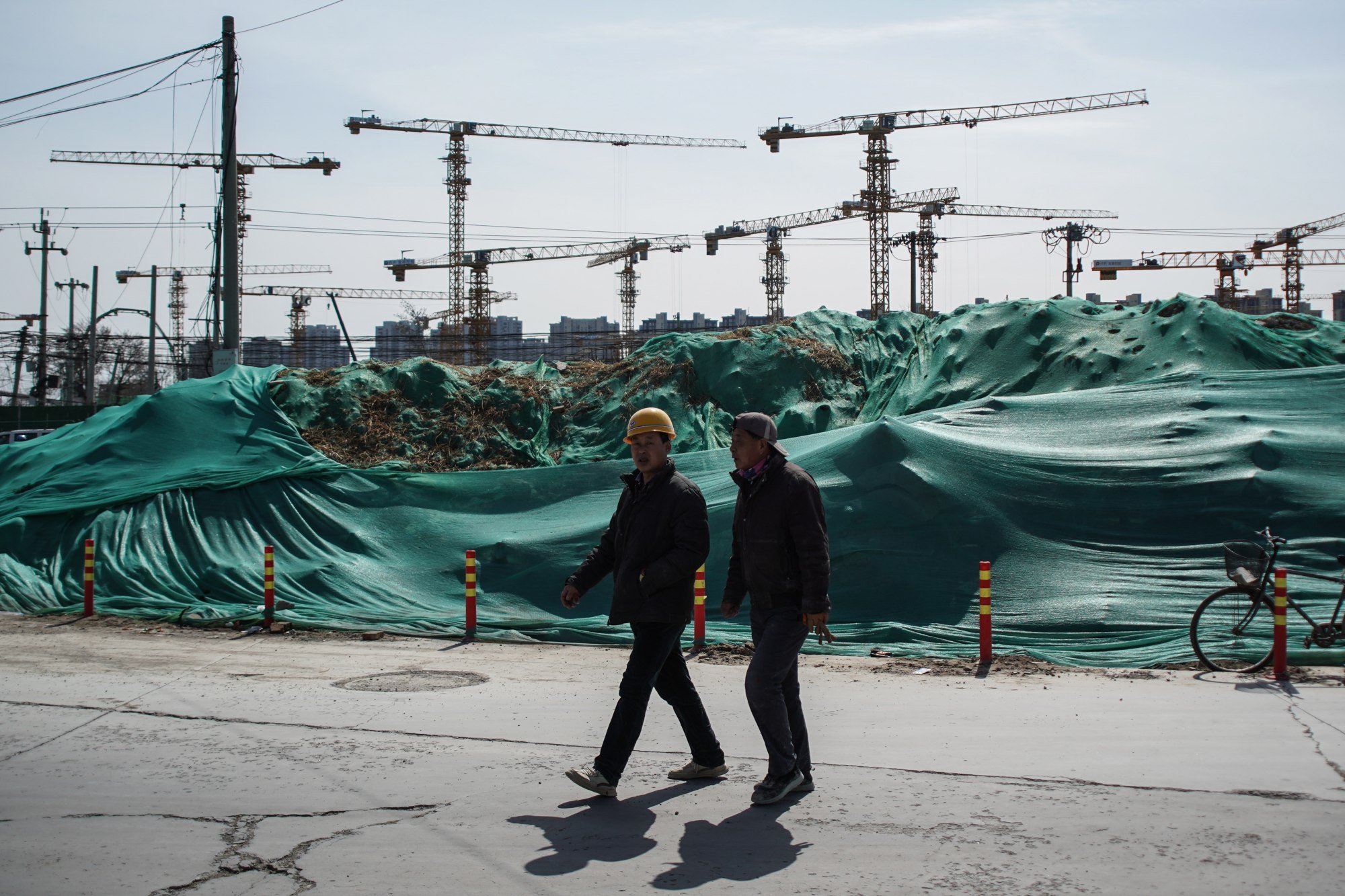
Slowing growth shows China’s old playbook of property and infrastructure investment needs an update
- Beijing hopes its recent expansionary policies will lead to a rapid recovery, but the original 2022 growth target is no longer viable
- Rather than more stimulus, the government needs to ease controls over resources that have created long-term declines in investment productivity
Official commentary tended to paint a more positive picture, with headlines such as “China’s economy achieves positive growth in Q2 despite downward pressure” and noting that growth amounted to 2.5 per cent for the first half of 2022. External media coverage was more sobering, with headlines such as “Growth plunges to 0.4 per cent, lowest in two years after missing expectations”.
Exports China’s ‘best performing economic engine’, but is it the ‘last hurrah’?
Robust demand from the US continues to drive growth in exports. The labour market appears to be recovering, with the unemployment rate declining to 5.5 per cent in June after peaking at 6.1 per cent in April.
Lost in the discussion is that the recent contraction is part of a longer-term structural decline in China’s growth rate from double-digit levels of the past decade. Part of that decline is the natural consequence of a maturing economy moving to upper-middle-income status, but the decline has been harsher than necessary because of policy distortions that have dampened investment returns.
But consumption does not drive growth – rather, consumption is derived from growth. Sustained GDP growth comes from investment and, more importantly, the productivity of investment. The latter is the problem since China’s investment as a share of GDP is already high.
‘Finances are very tight’: how consumer confidence has tanked in China
Such activities require considerable financing and experimentation, with uncertain returns and long gestation periods. As a result, the near-term returns on investments tend to be limited, exacerbating any growth slowdown.
The challenge now lies in increasing the productivity of already-urbanised workers. As indicated in a World Bank urbanisation report, productivity of workers in the largest cities is much higher than in smaller and medium-sized cities. If the hukou restrictions that limit the movement of labour to megacities were liberalised, productivity would significantly increase, with a commensurate surge in GDP growth rates.

But, over the years, government policies gradually led to a widening differential such that the returns to private firms are now more than twice those of state-owned firms. The productivity gains from reforms that would close even half of this gap could well increase GDP growth by a full percentage point.
What these and other examples illustrate is that Beijing cannot continue to rely on stimulating property and infrastructure investment to support growth. Liberalising the state’s control over the allocation of resources needs to become the priority.
Yukon Huang is a senior fellow at the Carnegie Endowment for International Peace

